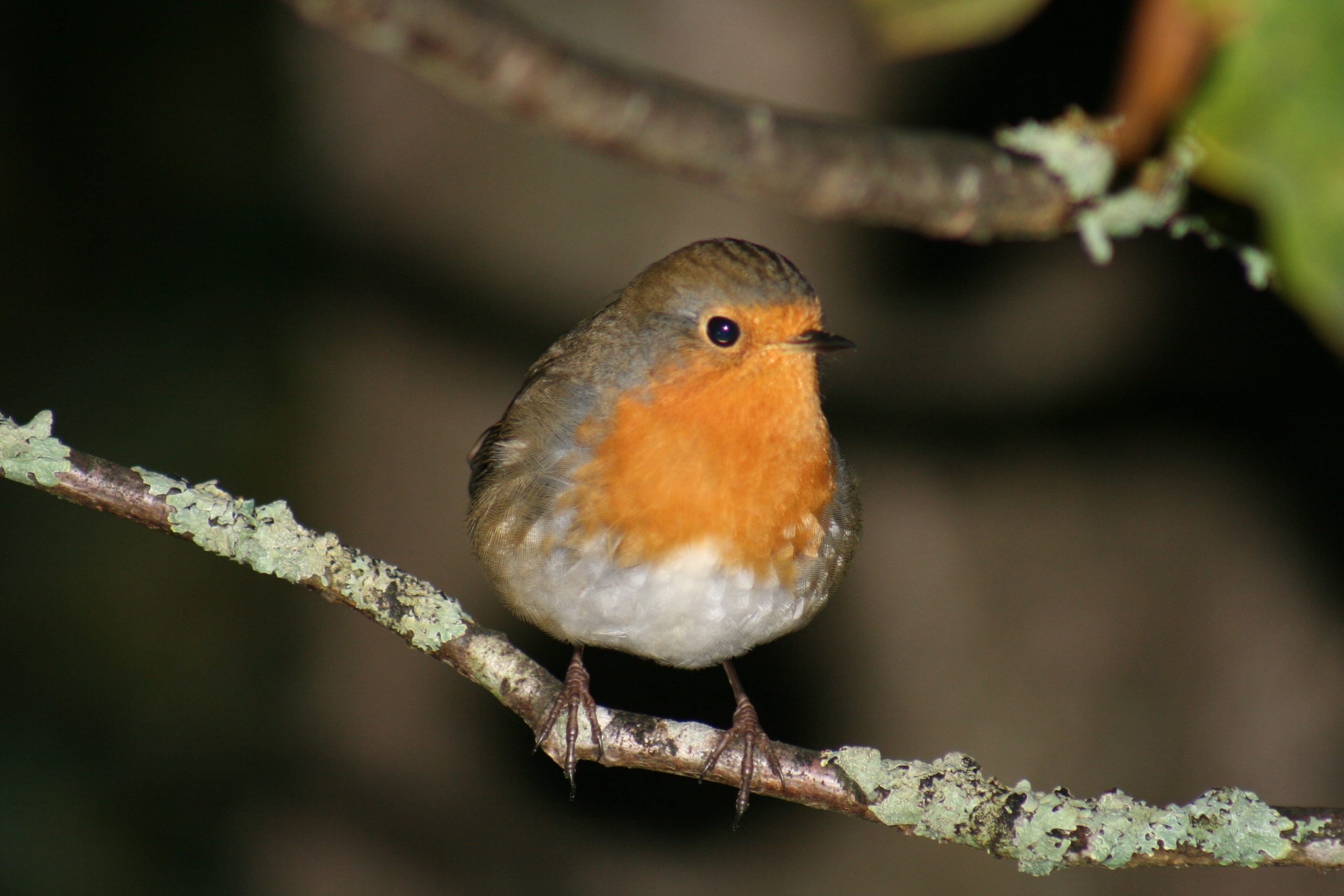In 1960, readers of The Times newspaper voted the robin Britain’s national bird. Whether it’s because of the multitude of festive merchandise or the perceived friendly demeanour of the bird itself, the robin (Erithacus rubecula) has topped polls and surveys ever since. But my fellow Glaswegians have a closer affinity with the robin than most.
The robin is forever ensconced with the life of St. Mungo – Glasgow’s patron saint and the founder of Glasgow Cathedral – and central to one of St. Mungo’s four miracles. St. Mungo studied under St. Serf, who it is said fed a wild robin that perched on his shoulder as he prayed. While studying under the tutelage of St. Serf, another student killed the robin and blamed the death on St. Mungo. St. Mungo prayed over the dead bird and restored it to life. In commemoration, the robin is the bird proudly portrayed on the City of Glasgow’s coat of arms. It is ‘the bird that never flew.’
However, the robin has not always led such a suburban existence. Like many other garden birds, the robin started life as a woodland species. In an age when lynx, wolf and brown bear inhabited the forests of Scotland, the robin foraged in the wake of wild boar, gratefully accepting invertebrates in the soil disturbed by the lumbering beasts. Some 700 years have passed and the robin no longer shadows the wild boar but instead befriends the gardener – the idle spade the perfect vantage point for a hunter with supreme eyesight. The remarkably adaptable robin has effortlessly adapted to life in the garden and taken to suburban existence like no other.
A member of the chat and thrush family (Turdidae), the robin is widespread throughout continental Europe, the Mediterranean Islands and North Africa. In continental Europe, the bird is more wary of humans and tends to favour the ancestral woodland habitat more so than parks and gardens. It is not considered threatened; there are more than six million breeding pairs in Britain alone and numbers have increased by approximately 50% in the last 25 years.
In this country, the robin is resident all year round but seems to claim the garden as its own later in the year. Autumn territories are established by both sexes. These will be vehemently defended with the male and female only coming together to breed. The possession of a favourable territory is key to the survival of many species and none more so than the robin. A territory provides the holder with exclusive access to predictable food supplies and any bird unable to retain a territory faces the macabre prospect of starvation.
An incessant vocalist, the robin is one of the few birds in Britain that sings all year round; the song is suspended only for a short break in summer during the energy-sapping moult period. The relentless singing reinforces territorial boundaries and both sexes sing. The robin has a distinctive warbling song with pronounced seasonal variations. A mournful and melancholic autumn lament compared to a more noticeably effervescent and upbeat spring rhapsody. Often active in residual light, the robin tends to be one of the first participants in the dawn chorus and one of the last in the evening.
Now as synonymous with Christmas as holly wreaths, Brussels sprouts or re-runs of It’s A Wonderful Life, how did the robin establish itself as a Christmas icon? Perhaps the most widely held belief is that which stems from the custom of sending Christmas cards to family and friends that took off commercially in the 1860s. The Victorian postmen of that time wore red uniforms with a red tunic which earned them the nickname ‘redbreasts.’ One of the earliest Christmas card designs depicted a robin delivering an envelope. The public began to associate Christmas with receiving cards delivered by the ‘redbreast’ and so the robin’s affiliation with Christmas evolved.
The robin is so full of life with a heart rate in excess of 1,000 beats a minute. Like many other small songbirds. robins are relatively short-lived (on average only surviving a couple of years). Mortality can be high (only 38% of adults survive to the following year) and a large number succumb to cold, starvation and disease. Severe winters can often take a heavy toll on the robin population.
It is for this reason supplementary feeding is vital; bird tables and seed feeders can make a huge difference in the survival of suburban robins. Mealworms seem to be a favourite in my garden but the robin also readily welcomes pinhead oats, dried fruit, cheese, crumbs and kitchen scraps. In addition at this time of year, it is important to provide a readily accessible supply of clean drinking water. To me, these seemingly innocuous measures are a small price to pay to support the nation’s favourite bird.


Leave a Reply